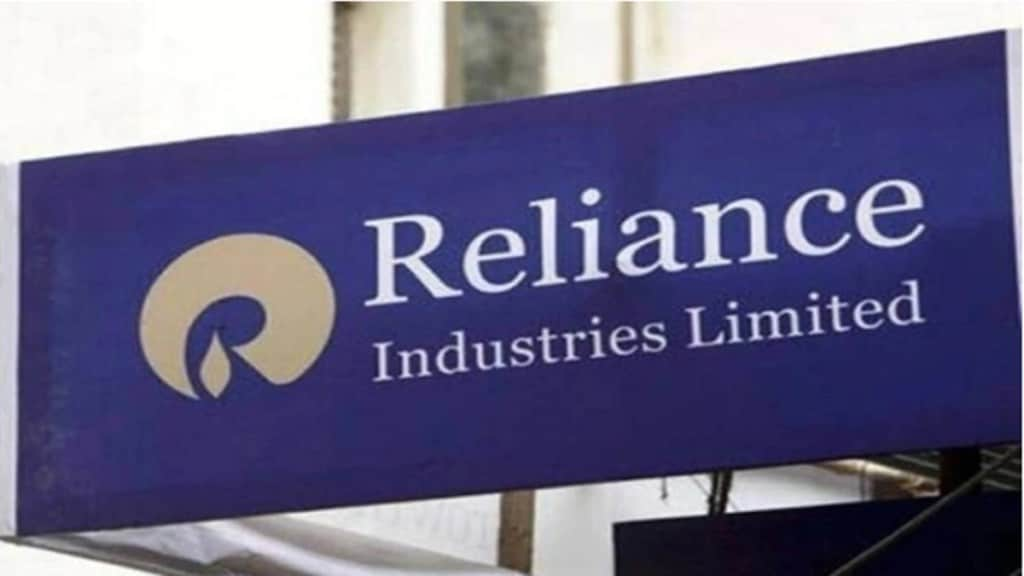Reliance Industries (RIL) on Friday missed estimates on the net profit front for the July-September quarter on the back of the newly introduced windfall profit tax which impacted the oil earnings.
The consolidated net profit was flat at Rs 13,656 crore compared with Rs 13,680 crore during the same period last year. Bloomberg consensus estimates had pegged the net profit at Rs 14,456.60 crore.
The company’s revenue from operations surged nearly 34% year-on-year to Rs 2.33 trillion on the back of higher crude oil prices, coming in marginally above Street estimates of Rs 2.26 trillion. The revenue growth also reflects continued growth momentum across consumer businesses. The retail segment recorded a 43% y-o-y growth in revenue, while the digital services segment achieved a 21% y-o-y growth.
The oil-to-retail-to-telecom conglomerate’s consolidated Ebitda (earnings before interest, tax, depreciation and amortisation) including the impact of special additional excise duty (SAED) surged 14.4% y-o-y to Rs 34,663 crore, supported by positive operating leverage and operational efficiencies in the retail segment, higher gas price realisation with an increase in ceiling price, and marginally higher volumes in the oil and gas segment, and an increase in Arpu (average revenue per user) and customer engagement in the digital services segment.
However, the oil-to-chemical (O2C) segment’s Ebitda was impacted by weak downstream chemical margins and the introduction of SAED, which was partially offset by firm transportation fuel margin.
Also Read: Reliance Retail Q2 pre-tax profit up 51.2 pc at Rs 4,404 cr; revenue rises 44.5 pc to Rs 57,694 cr
Excluding the impact of SAED, RIL’s consolidated Ebitda came in at Rs 38,702 crore, up 27.8% y-o-y.
The revenue of the O2C segment for the quarter increased by 32.5% y-o-y to over Rs 1.59 trillion, primarily on account of higher crude oil prices. Segment revenues for oil and gas (exploration & production) increased by 134.4% y-o-y to Rs 3,853 crore, led by higher production and improved gas price realisation.
Exports from RIL’s India operations increased by 57.5 % to Rs 86,382 crore against Rs 54,844 crore in the corresponding quarter of the previous year, mainly due to higher price realisations despite lower downstream product volumes.
The capital expenditure, including the exchange rate difference for the quarter, was Rs 32,534 crore. Additionally, Rs 88,078 crore was incurred towards the acquisition of spectrum by Reliance Jio Infocomm (RJIL).
The gross debt as on September 30, 2022, was Rs 2.95 trillion versus Rs 2.66 trillion as on March 31, 2022. The company attributed the increase in debt to higher working capital with dislocation in energy markets, translation impact of foreign currency liabilities and first instalment of the 5G spectrum payment acquired during the quarter. The company’s net debt was at Rs 93,253 crore as on September 30 versus Rs 34,815 crore at the end of March.
Finance cost increased by 19.2 % y-o-y to Rs 4,554 crore against Rs 3,819 crore in Q2FY22 due to higher loan balances and tightening of monetary policy by the central bank. Cash and cash equivalents for RIL stood at Rs 2 trillion at the end of September 2022 quarter.
Mukesh Ambani, chairman and managing director, Reliance Industries, said, “The performance of our O2C business reflects subdued demand and weak margin environment across downstream chemical products. Transportation fuel margins were better than last year but significantly lower sequentially. The segment performance was also impacted by the introduction of special additional excise duties during the quarter to ensure stable supply and lower volatility in the domestic market.
“Our domestic oil & gas business continued to deliver robust performance maintaining production at 19 MMSCMD levels in the KG D6 block, significantly enhancing energy security for the country. We are confident of commissioning MJ Fields by year end.”


